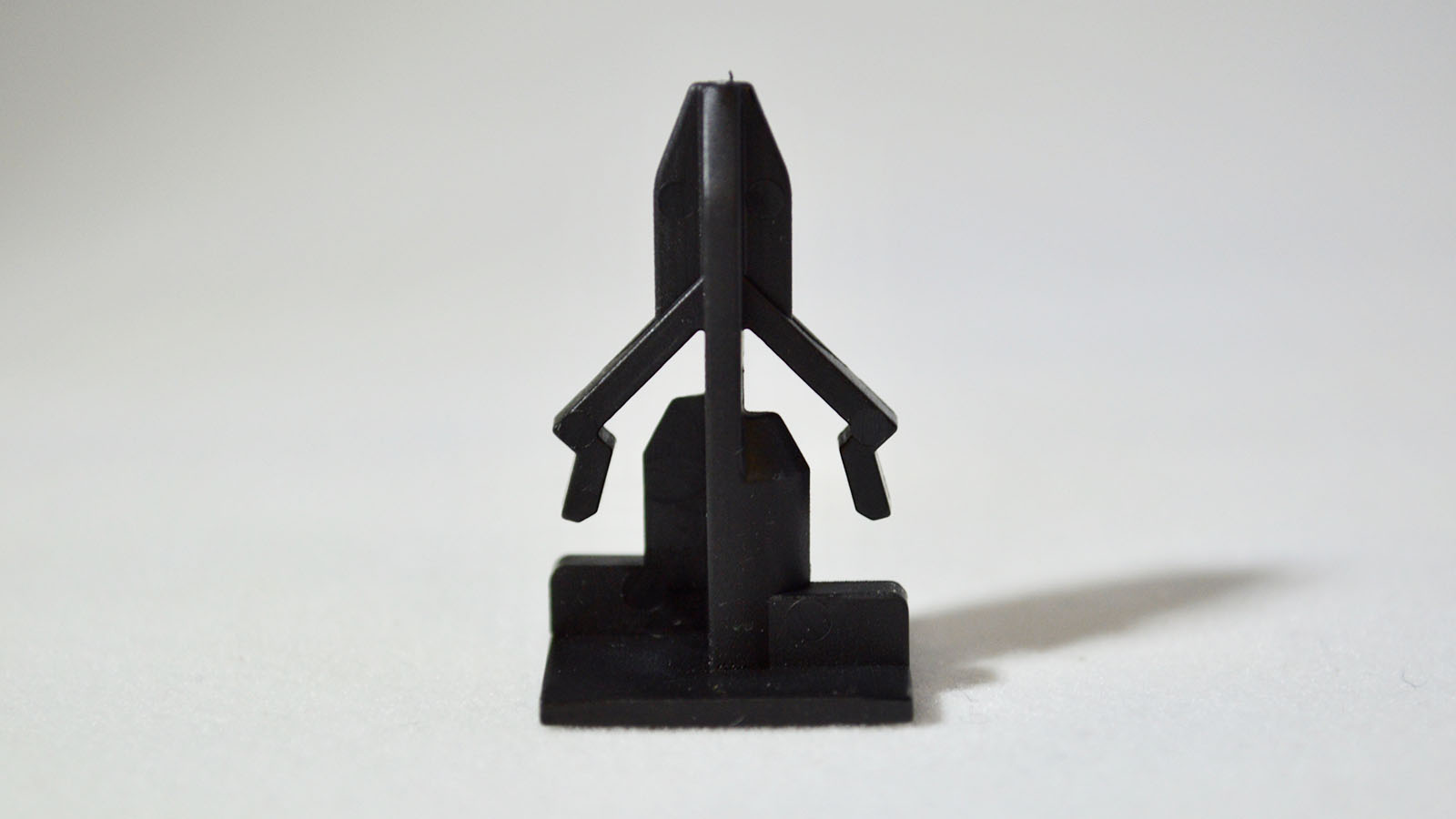Since the development of plastics and the injection molding process, plastics have become the material of choice for many industries. This preference is due to the ability to make nearly any shape out of plastic. Plastic is also cost-effective, offers dynamic material properties, and can scale to high volumes. Plastics opened the door to new products and have rapidly been replacing other manufacturing materials. Engineers can now design around the plastic manufacturing process, instead of designing around processes like stamping, casting, and machining.
Changing from metal to plastic can yield many advantages, such as: cost savings, weight savings, and simplified/quicker manufacturing. At the same time, engineers and product developers need to mitigate some challenges with plastic like qualifying different material properties and design changes.
Using the term “metal” and “plastic” here is suitable for generalizations, but it leaves a lot to be desired from an engineering standpoint. There are thousands of different kinds of metal, and the same goes for plastic. There are generic metals and plastics like aluminum or polypropylene, but there are also metals and plastics designed for specific purposes. It’s possible to have a plastic component that’s stronger than a metal one or a metal component that’s more cost-effective than a plastic version. Because of this, it’s essential to understand your part and what your goal is for considering plastic instead of metal.
There’s a good chance that as part of the evaluation process, you’ll have to look at design changes. Many design features, such as wall thickness and undercuts, are looked at differently from process to process. We recommend working through the following five questions to help you with the plastic-to-metal evaluation process.
-
What material properties are key to the functionality of the metal part? These material properties could be tensile strength, impact resistance, thermal resistance, chemical resistance, etc. Both metals and plastics have specific ratings for most material properties.
-
Can plastic replicate those key material properties? This is where you are going to compare materials, but keep in mind design changes. For example, a metal corner bracket may be strong enough without gussets, but a plastic version could require them for strength.
-
How easily is the design transferred to an injection molded part? As injection molders, we like to think that nearly anything can be injection molded. While that is mostly true, you want to balance what can be molded from plastic and what material yields more benefits overall. For help with these questions, we recommend contacting an injection molder or reading our ebook on designing for injection molding.
-
What costs are associated with the change? Injection molding requires an upfront investment in tooling. Because of the cycle time for injection molding, there is a high probability that a plastic version of your part will be cheaper. However, due to the upfront tooling investment, that savings may not be fully realized for some time. You need to be comfortable with that upfront investment and ask your molder about tooling options (such as mold inserts only).
-
What tests can you deploy before making the switch? Simulation software, like FEA, is getting more accurate as time goes on. If your component needs to withstand various temperatures and stresses, you can iterate through the design process to get the required results. It may be possible to use 3D printing, quick-turnaround prototype molds, or even CNC machining plastic for this testing as well.
Working through these questions can help you decide if switching is feasible and if the cost-benefit is worth the change. Focusing on the functionality of your part and getting an injection molder involved early will help you answer these questions.


